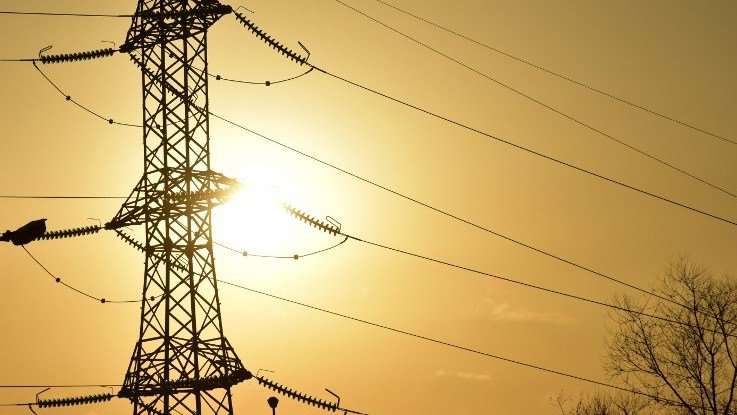With the aim to reach a target of 9.9GW of total installed capacity and a 60 per cent electrification rate by 2025, the Angolan government needs to develop a carefully planned infrastructure plan to ensure it meets the target, according to GlobalData.
The leading research and analytics company noted that since hydropower is the main source of power generation in the country, expected to account for 6.6GW of the total target, the infrastructure plan is urgently required.
The total power generation in Angola was 15TWh in 2021, with total electricity generation expected to grow at a CAGR of more than 7 per cent during the forecast period (2010-2035).
Attaurrhman Ojindaram Saibasan, Senior Power Analyst at GlobalData said:
“Increasing electric power availability to diversify and meet the increasing population is among the Angolan government’s highest stated priorities. To achieve the targeted 9.9GW of total installed capacity and a 60 per cent electrification rate by 2025, the government has instituted an ambitious infrastructure plan. Current electrification rates are estimated at 43 per cent in most cities and less than 10 per cent in rural areas.”
Senior Power Analyst

Based on GlobalData’s report, themed: ‘Angola Power Market Size, Trends, Regulations, Competitive Landscape and Forecast, 2022-2035’, Angola’s energy demand is forecasted to witness a growing trend in line with the electrification rate in provincial capitals, municipal townships and communal townships.
Angola is planning to give priority to grid extensions so that the maximum number of municipal and community townships are electrified. To ensure a safe power supply, the country is increasing power capacity in all sub-systems and through a strong reliance on hydro and partially on gas and oil. The government’s success depends on how quickly and adequately it can execute this plan, GlobalData noted.
Considerations for Clean Energy Solutions
Angola’s National Adaptation Programme of Action (NAPA) estimated that the country’s low-cost hydro-electric energy potential must be around 18,000GWh. It therefore hopes to meet its current future needs by exploiting the maximum potential of hydropower and exporting surplus power to the region. The program also acknowledged the potential of reducing deforestation, clean energy solutions and small and micro scale power plants.
“Clean energy solutions are what most governments are looking towards for sustainable energy solutions. There are several success stories around small and micro-scale power plants, and it is one of the key areas of development in the African continent to provide electricity to remote areas where there is little or no grid connectivity.”
Senior Power Analyst
In Angola, thermal power and hydropower are used as the primary source of power generation. The government’s announcement to reduce subsidies will result in higher fuel and electricity prices. This is expected to create demand for renewable energy solutions, globalData noted.
“The renewable power sector, especially solar photovoltaic (PV) and wind power are expected to be promoted by the government through portfolio standards and feed-in-tariffs (FiTs). These energy sources have relatively high potential and effective governmental intervention should see considerable investment taking place in this direction.”
Senior Power Analyst
Following this trend, bio-power and solar PV are expected to add a significant share to meet the renewable energy target. The government is making efforts to reduce the sector’s reliance on subsidies and encourage foreign investment into the sector.





















